12. Molding and Casting.¶
We are facing the molding and casting week, we have assigned to know what elements we will use, the forms to achieve molds from three-dimensional designs with different digital manufacturing processes, such as 3D printing or CNC machining, as both fulfill the function, the detail is to choose the best according to our need. For my case I will use 3D printing and some molding inputs, which I will detail now.
Assignment Cheklist.¶
| item | Activity | Status |
|---|---|---|
| task 1 | Linked to the group assignment page and reflected on your individual page | DONE |
| task 2 | Reviewed the safety data sheets for each of your molding and casting materials | DONE |
| task 3 | Documented how you designed and created your 3D mold, including machine settings | DONE |
| task 4 | Shown how you safely made your mold and cast the parts | DONE |
| task 5 | Described problems and how you fixed them | DONE |
| task 6 | Included your design files and ‘hero shot’ of the mold and the final object | DONE |
Group Assignment¶
The tasks for this week within the group assignment, are: - Review molding and casting material data sheets. - Make and compare test casts with each of them - Compare printing vs milling molds.
In this case, the following inputs will be used for the mold.
- SILIKAST EPOXY RESIN. (A)
- SILIKAST EPOXY RESIN. (B)
- Multipurpose Antiadehesive (complementary)

What to do in emergency situations.

It is necessary to see if it reacts to other components or aggregates.
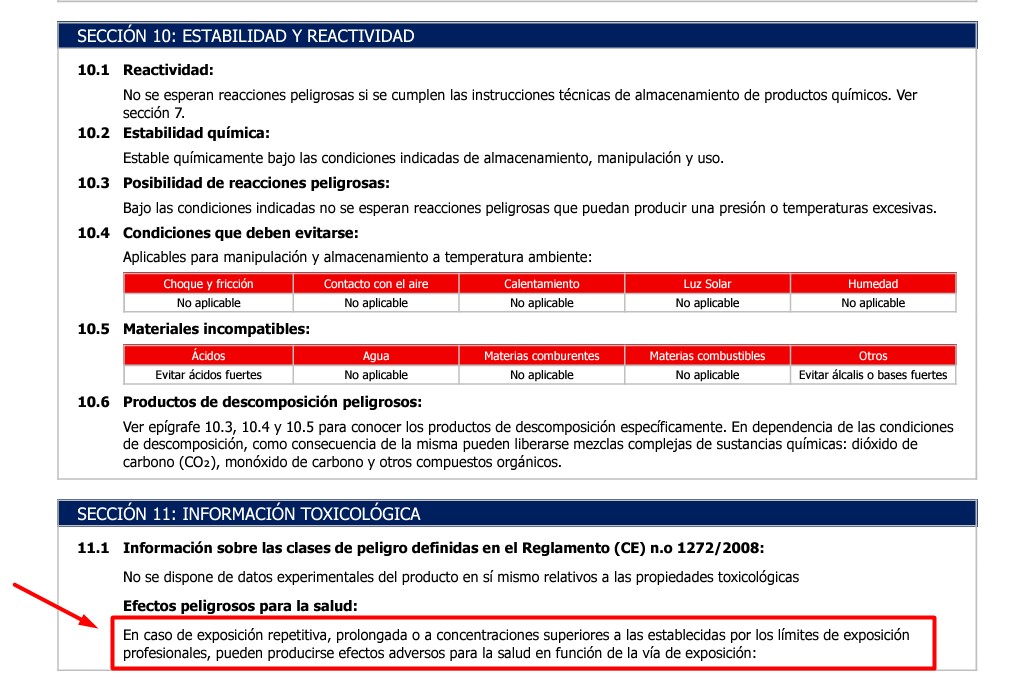
And the correct way to dispose of the resin.

Differences between CNC Machining and 3D Printing Processes¶

In order to generate the molds we can use either additive or subtractive technologies, both of which are very useful.
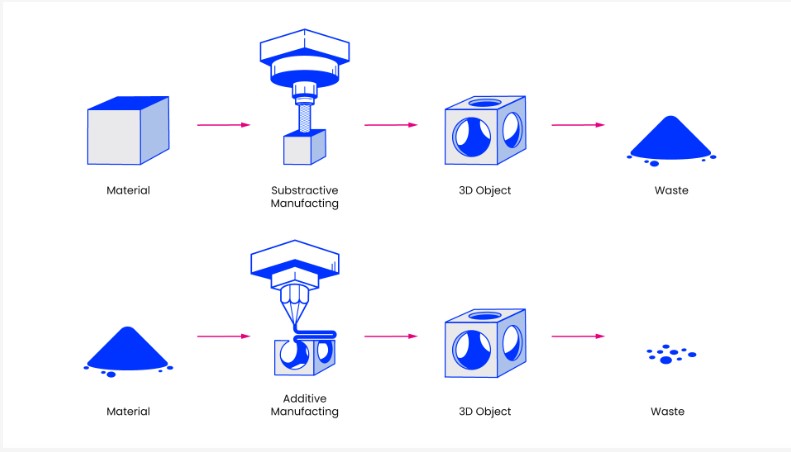
Individual Assignment.¶
In the individual assignment, a mold has been created to work with epoxy resin, the mold corresponds to a pawn, a chess piece, made with 3D printing.
Let’s see the steps of this process.
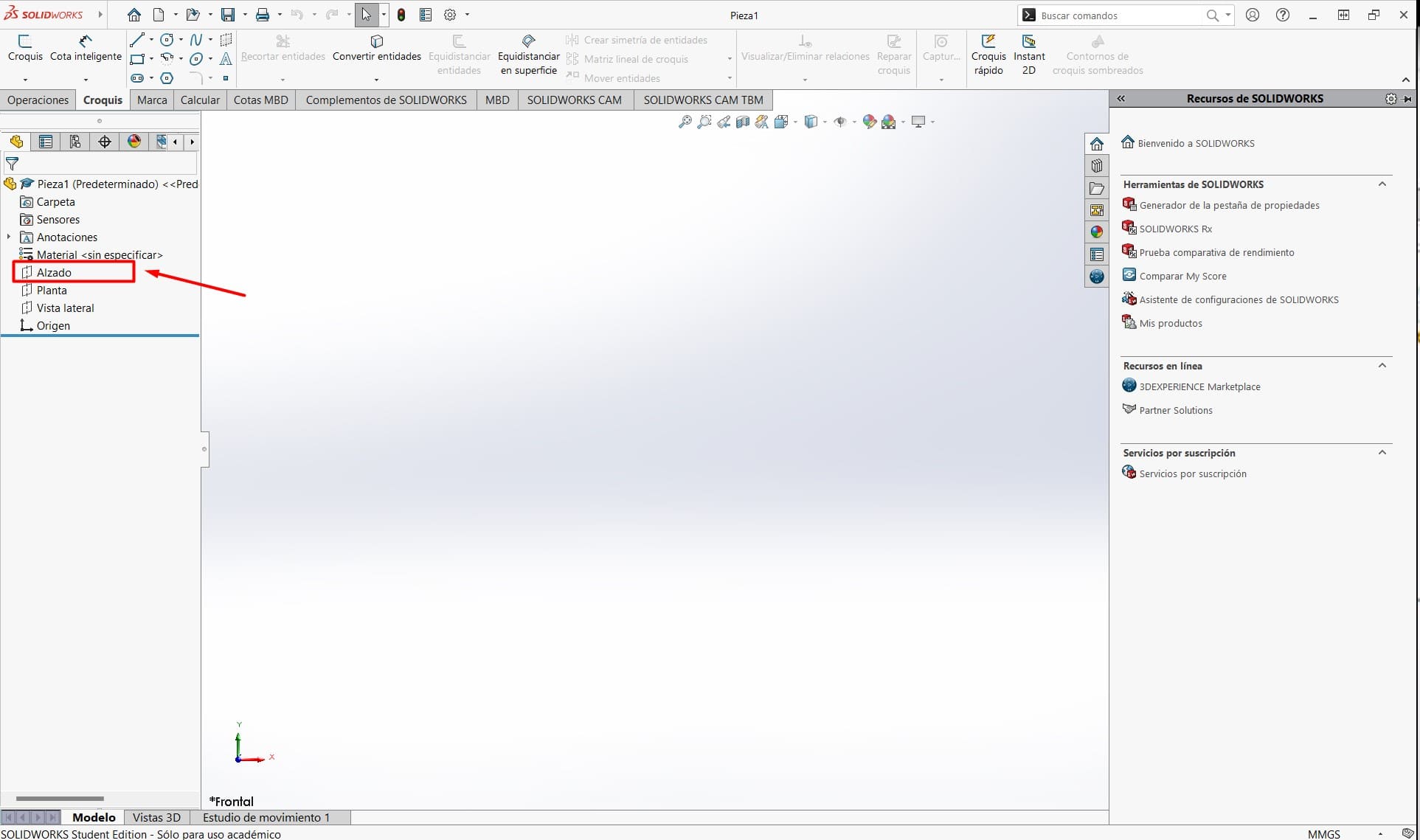

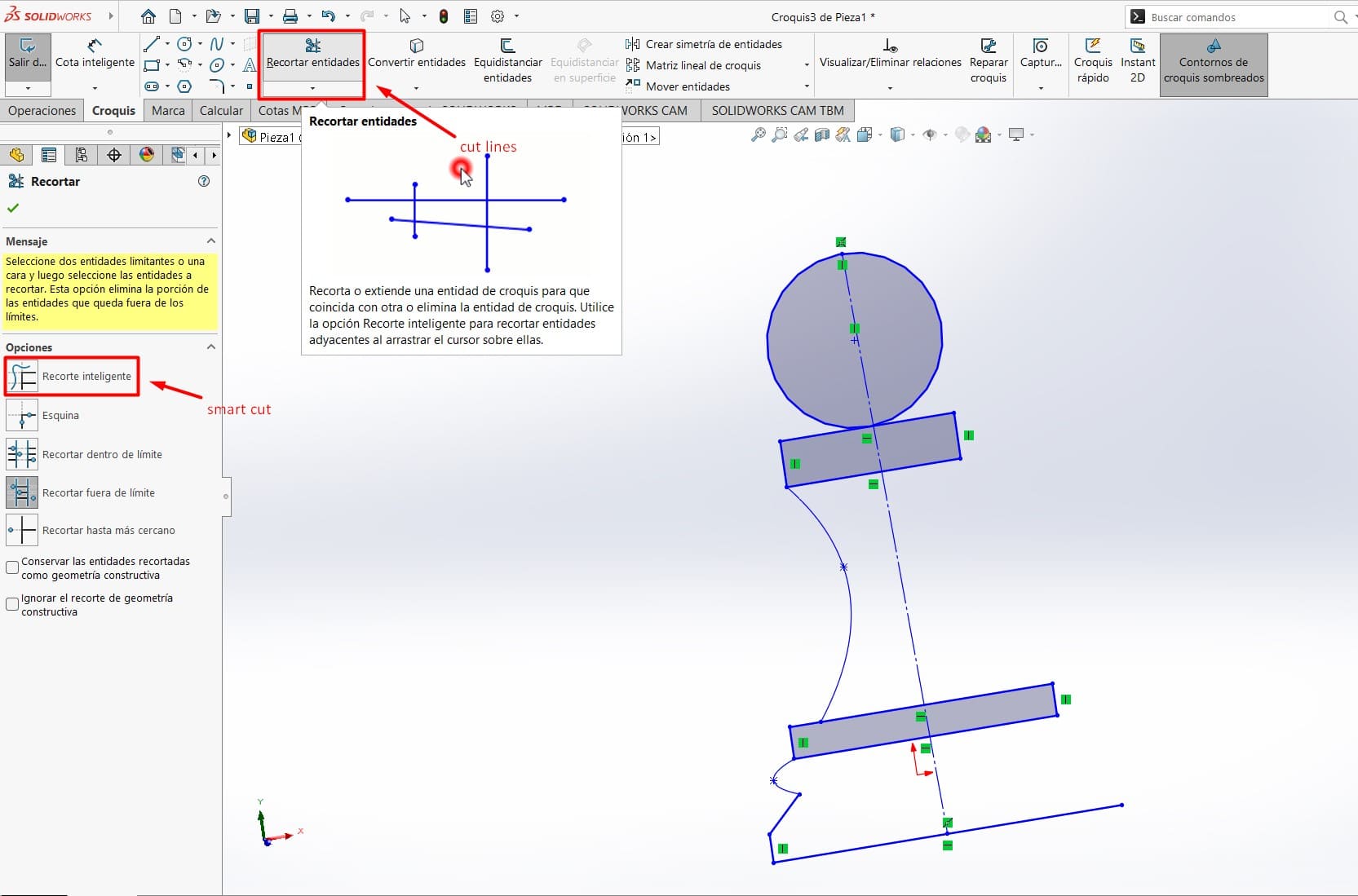

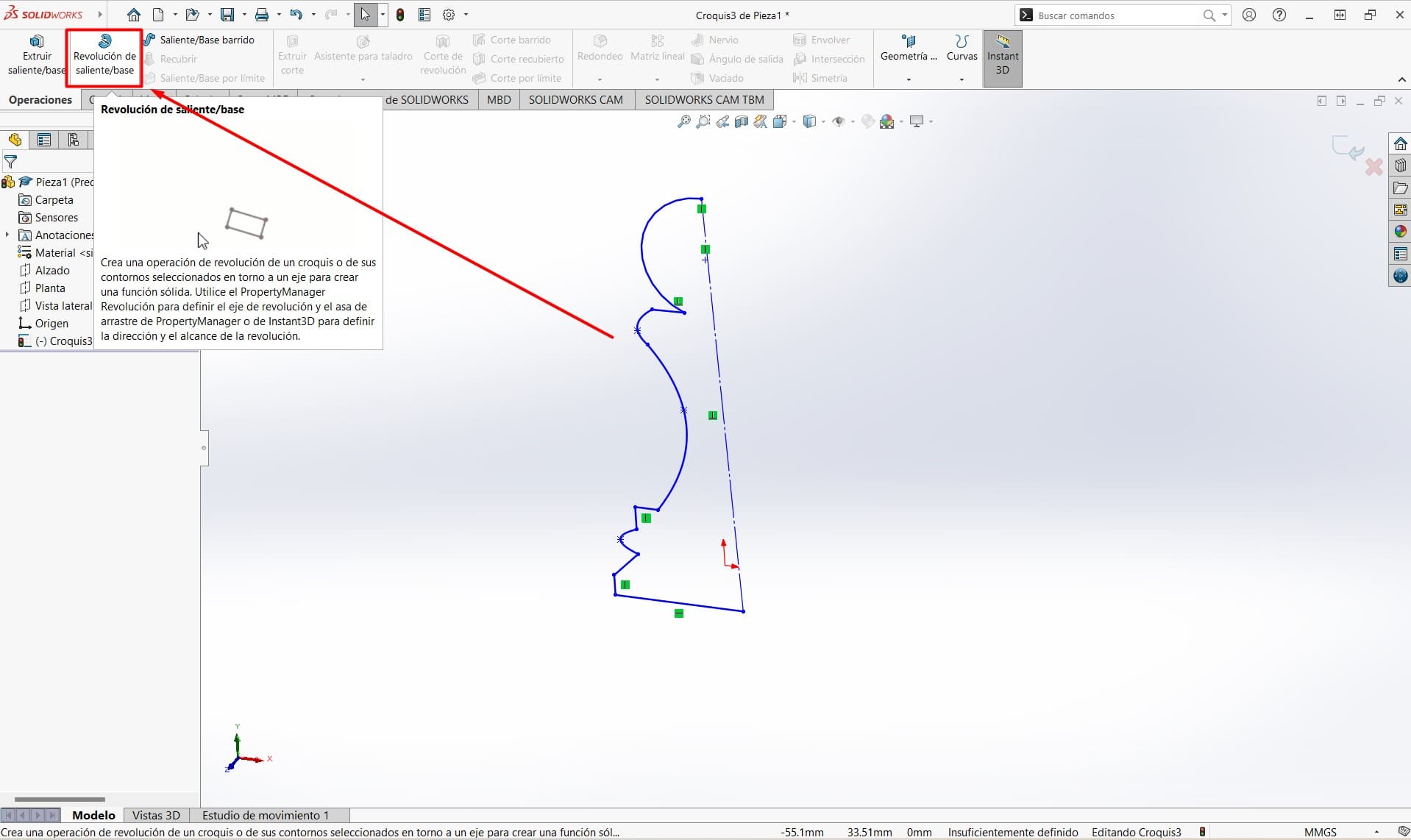
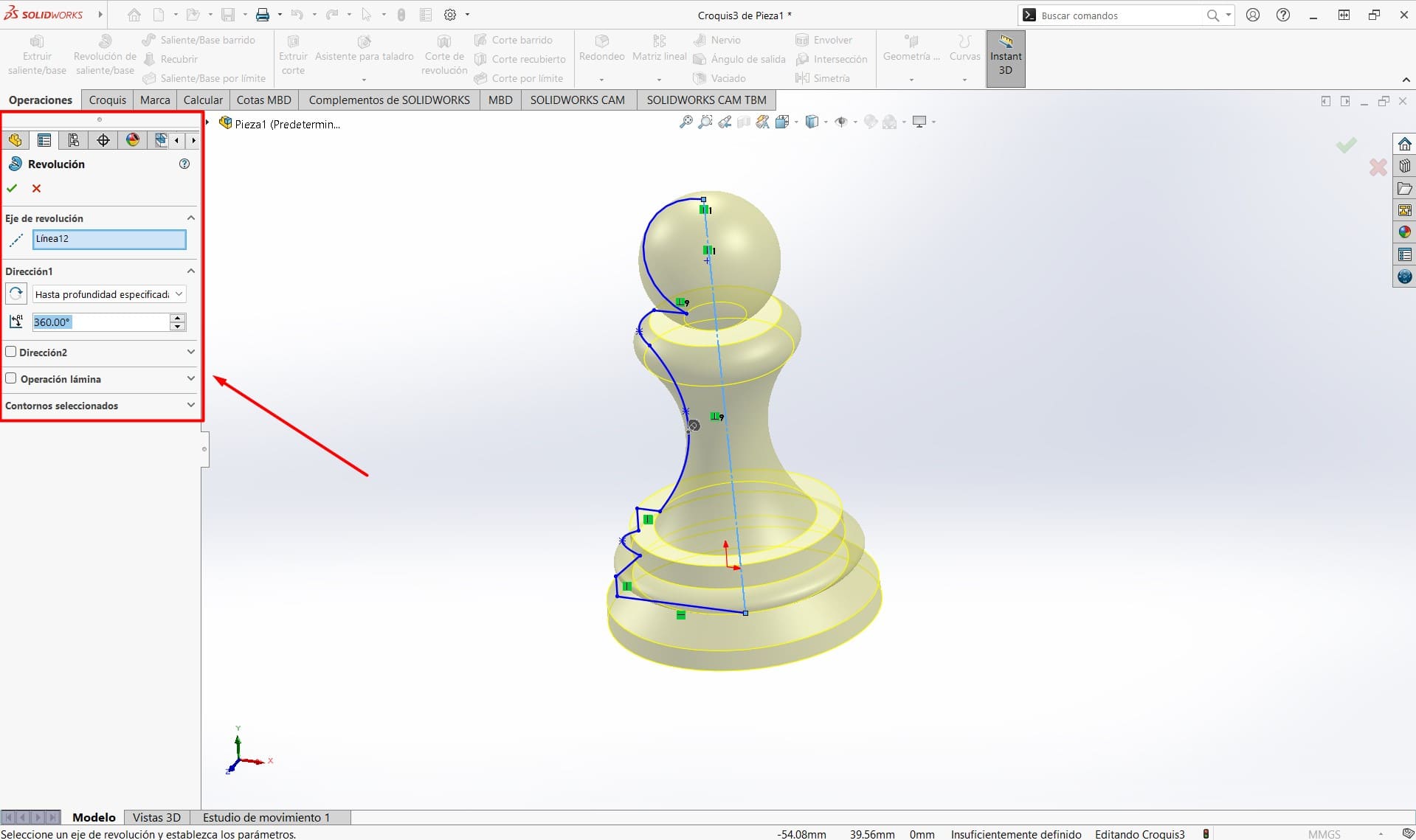
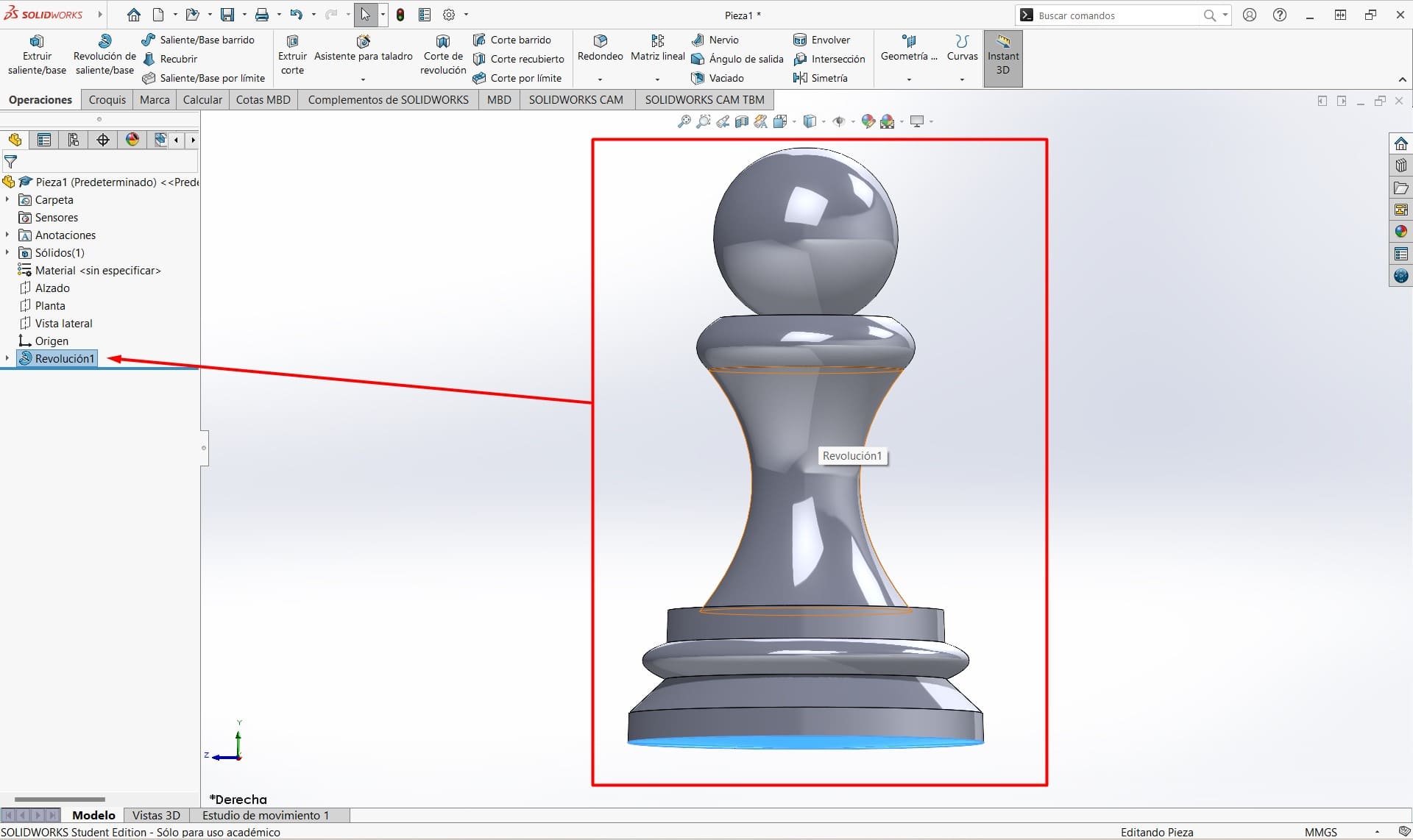
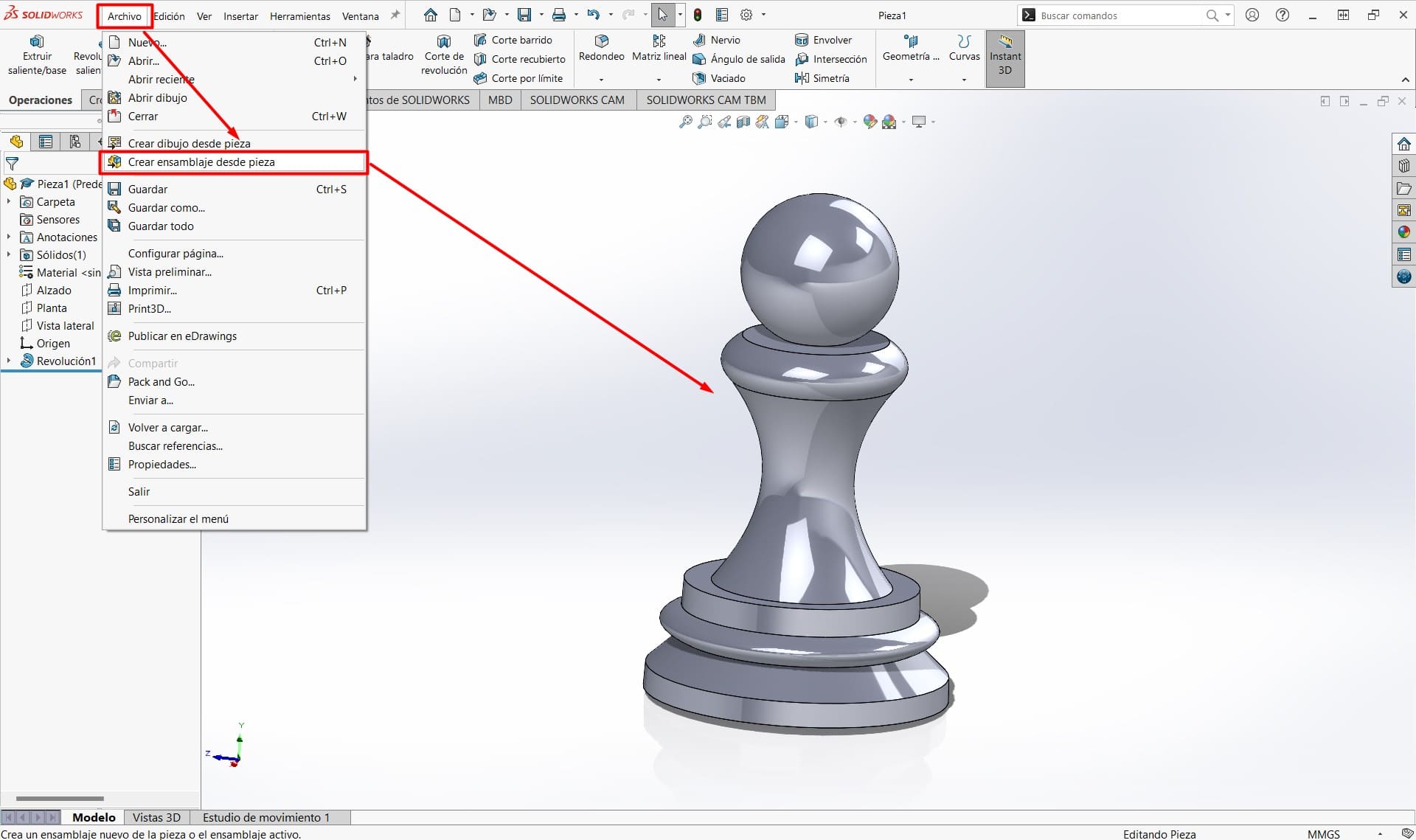
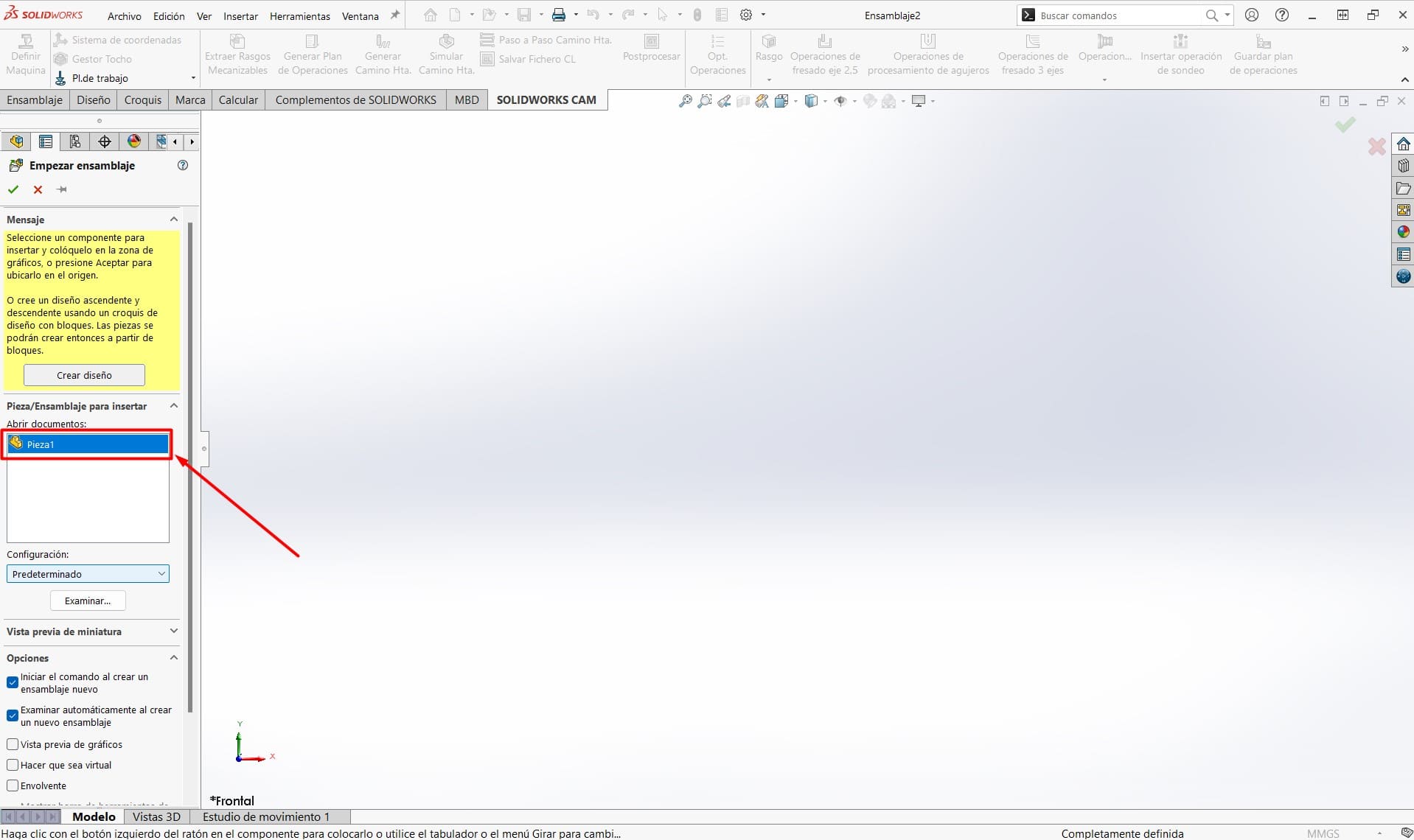

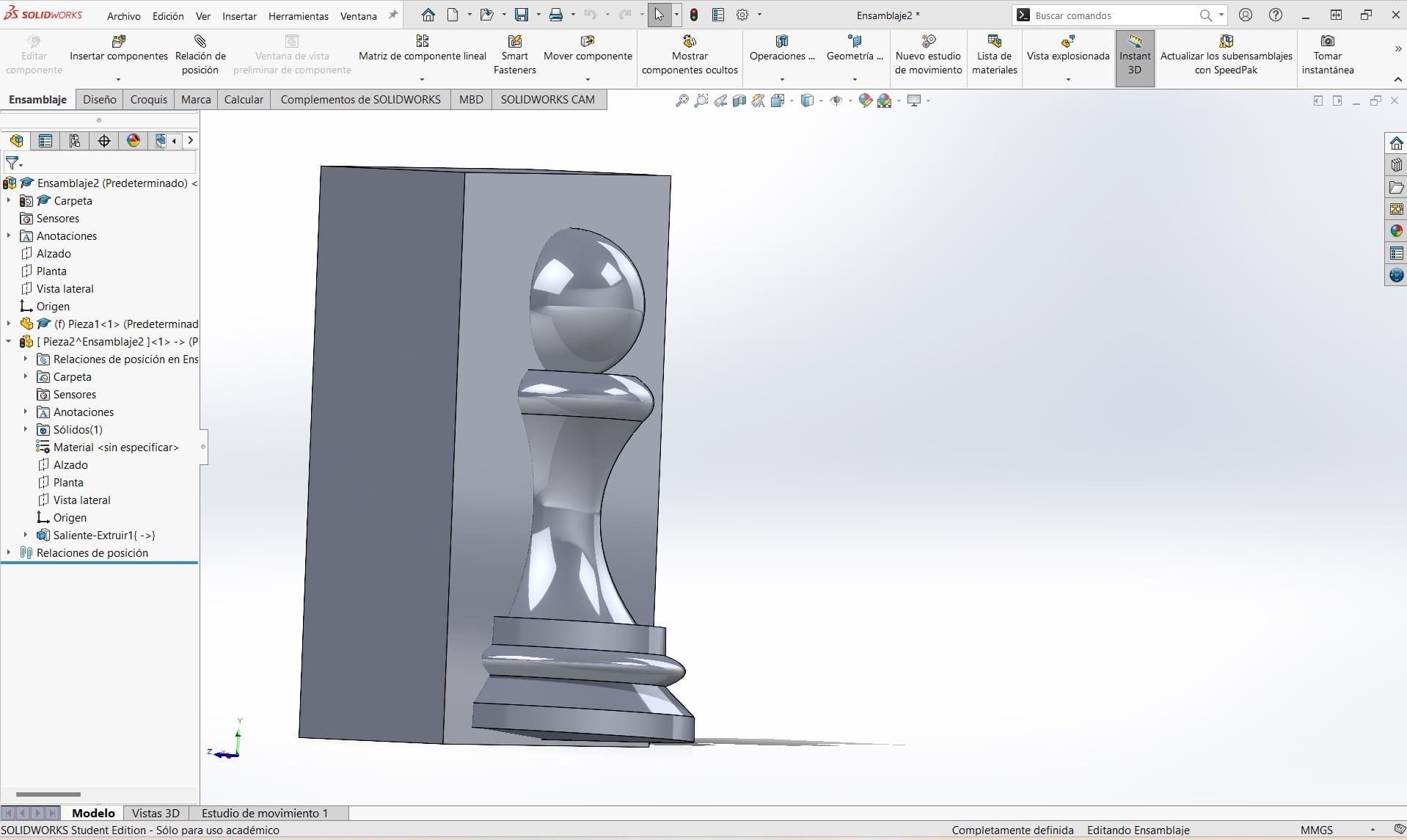


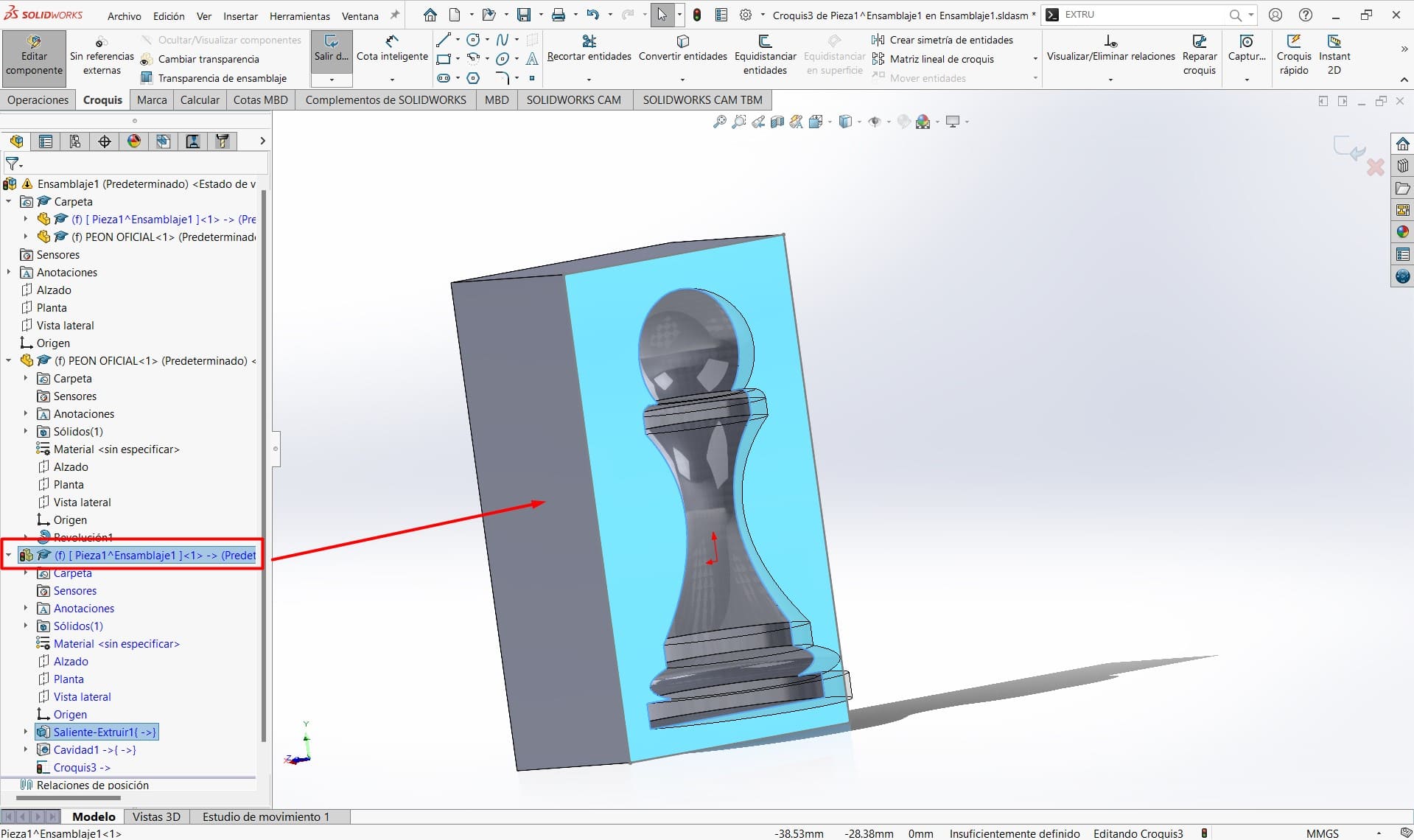
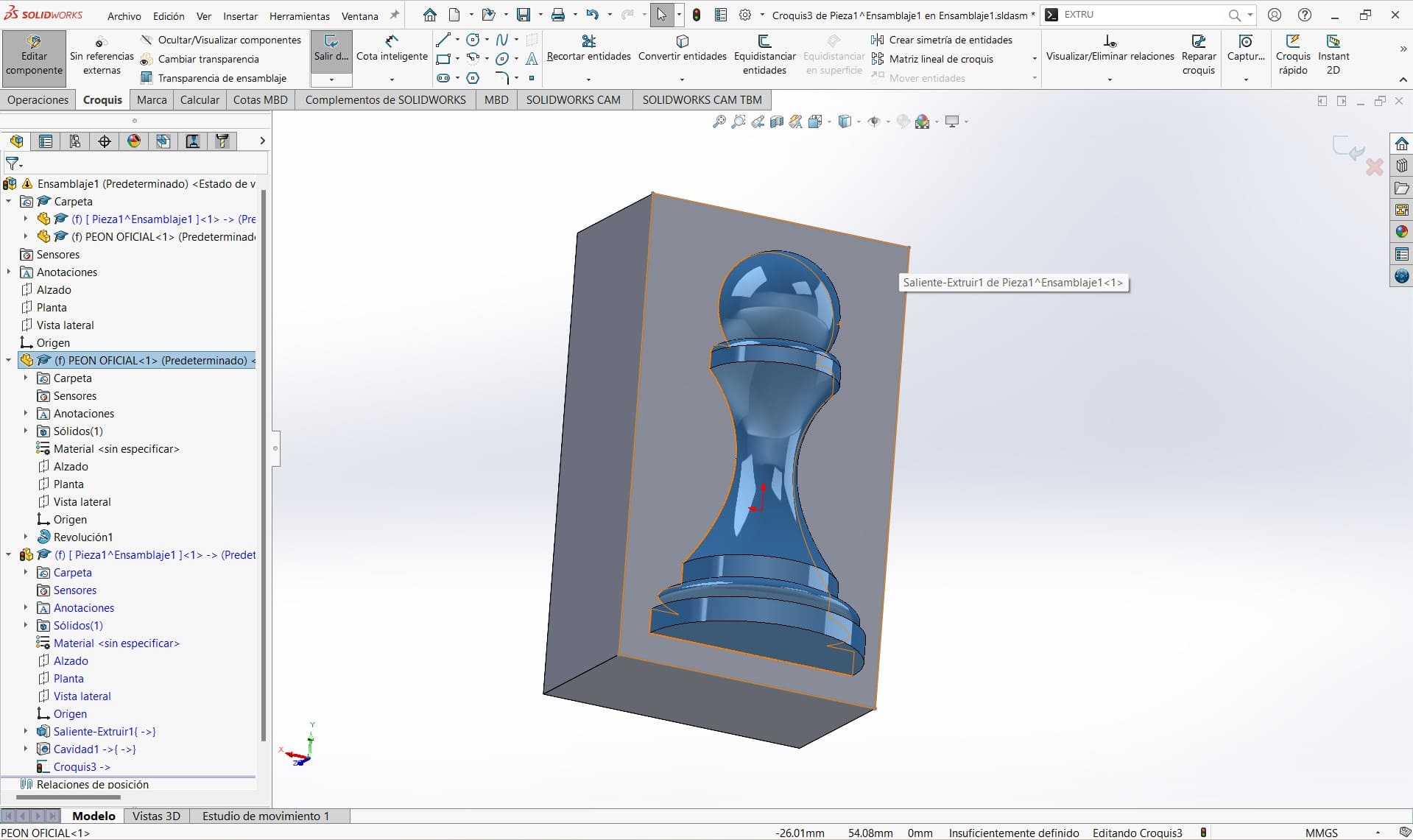




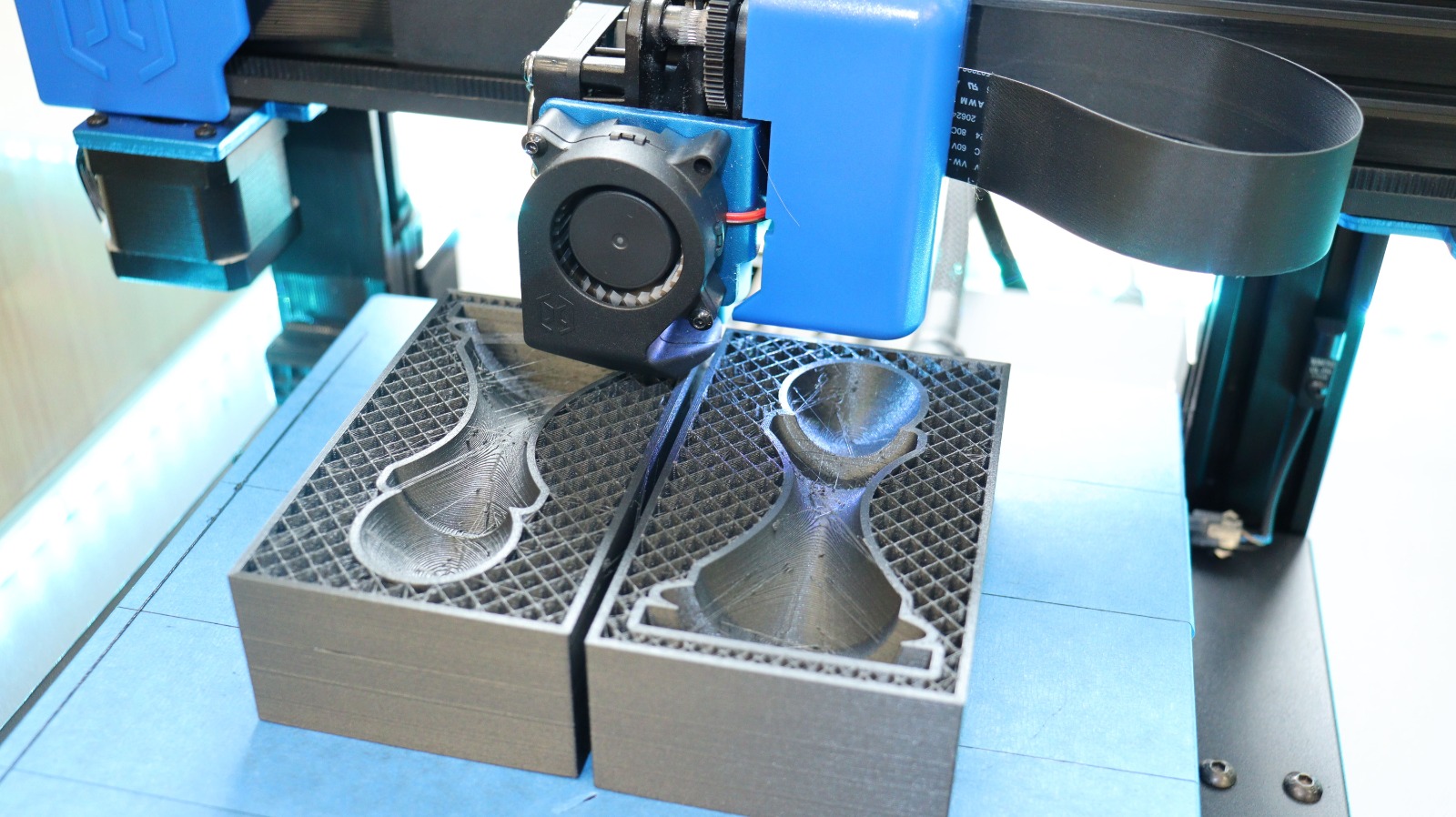



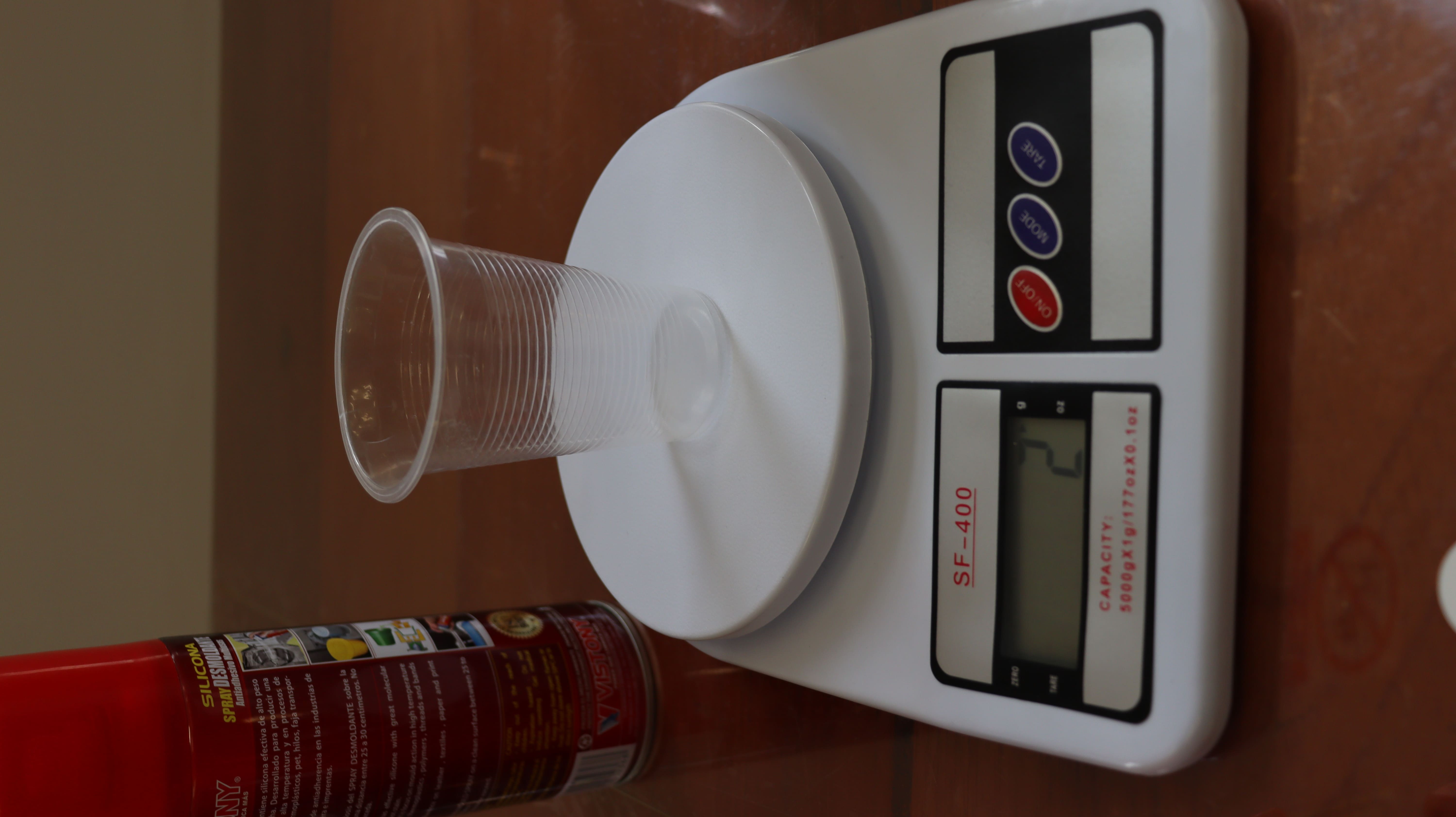

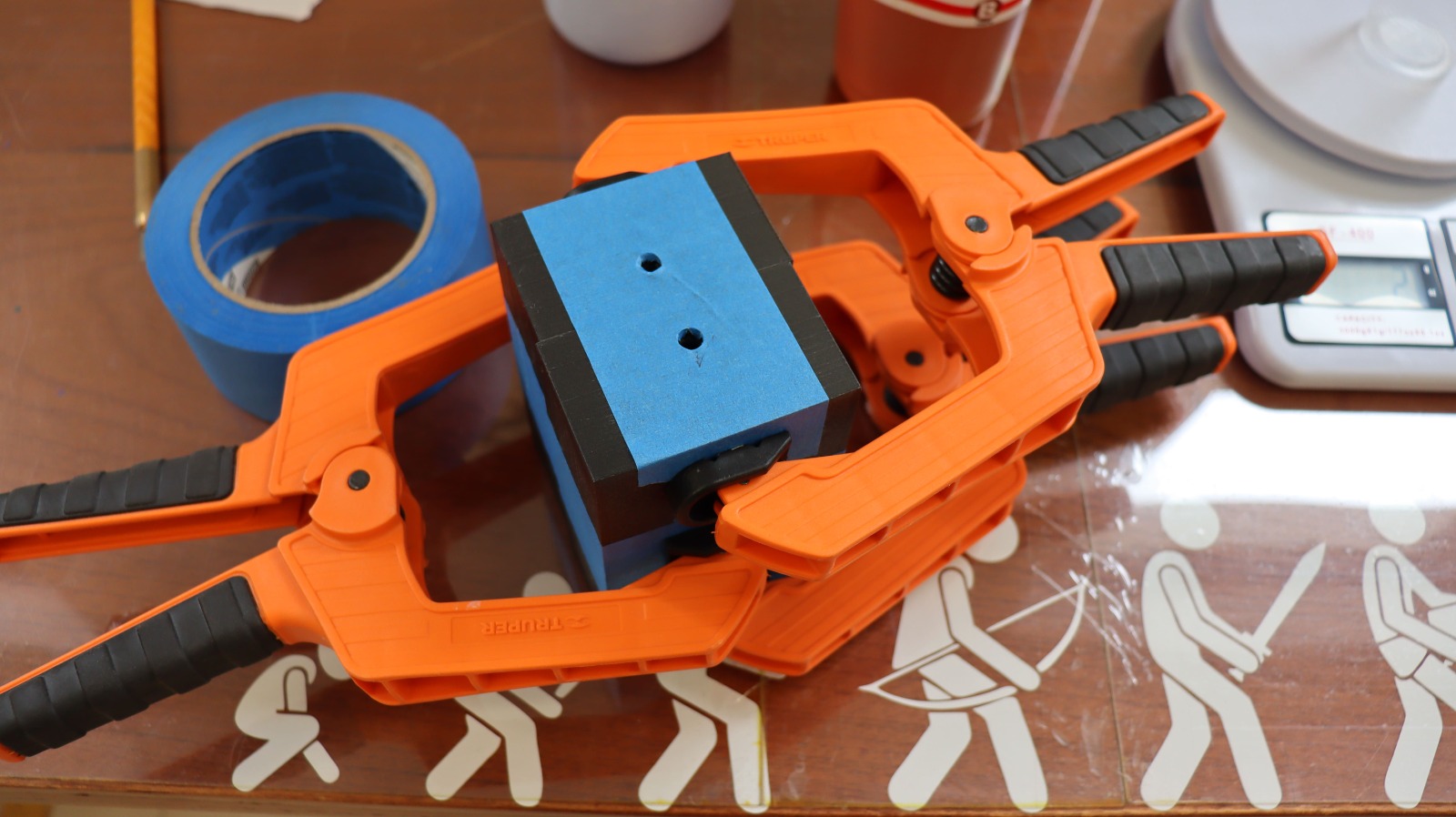

Molding and casting final result¶
Second Molding and Casting test.¶
In this second test, the same design was used with different manufacturing processes for the molds, being FDM and SLA 3D printing.
Estimated printing time was 23 hours and 33 minutes, with a 0.25 mm layer.
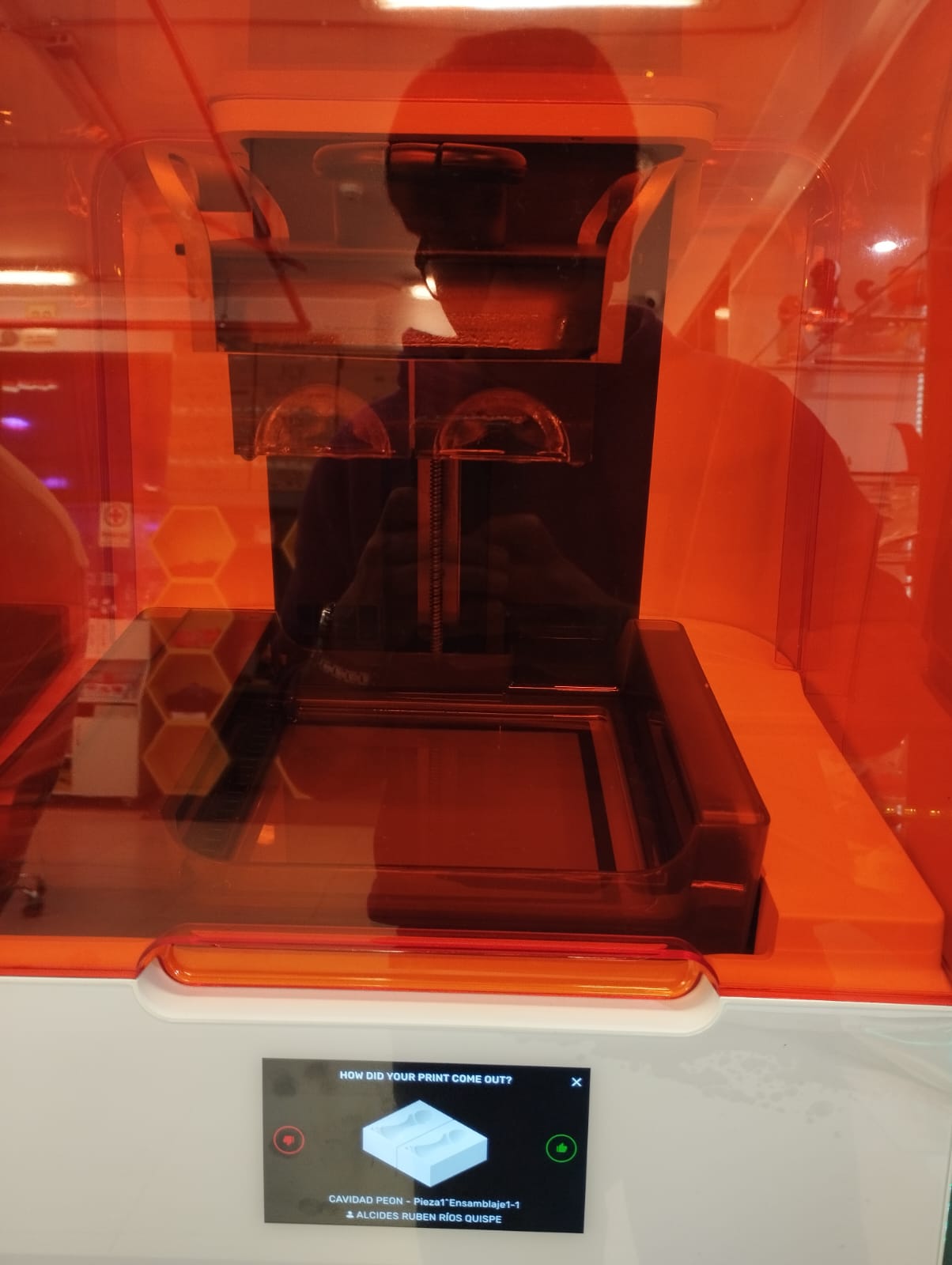




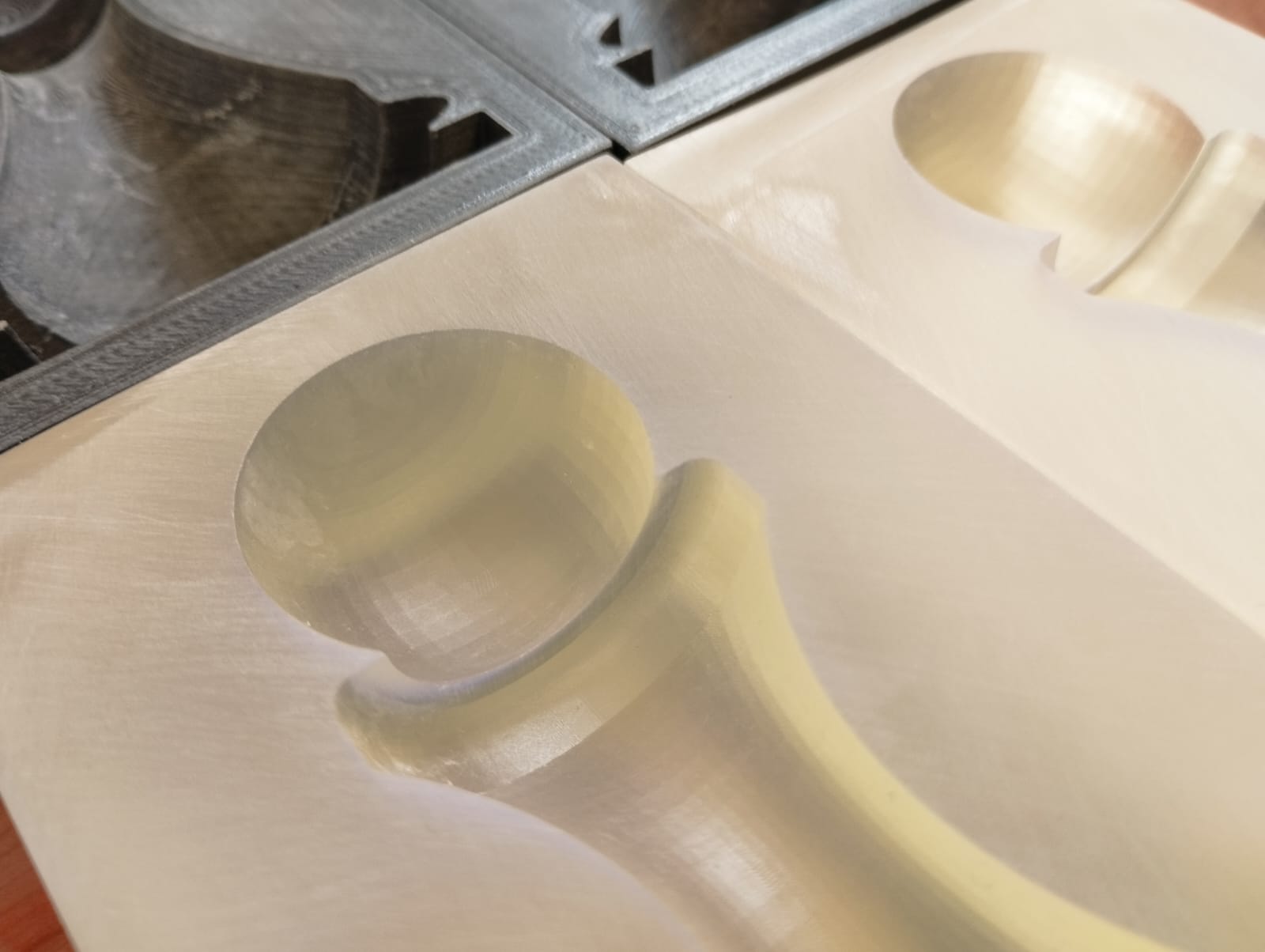
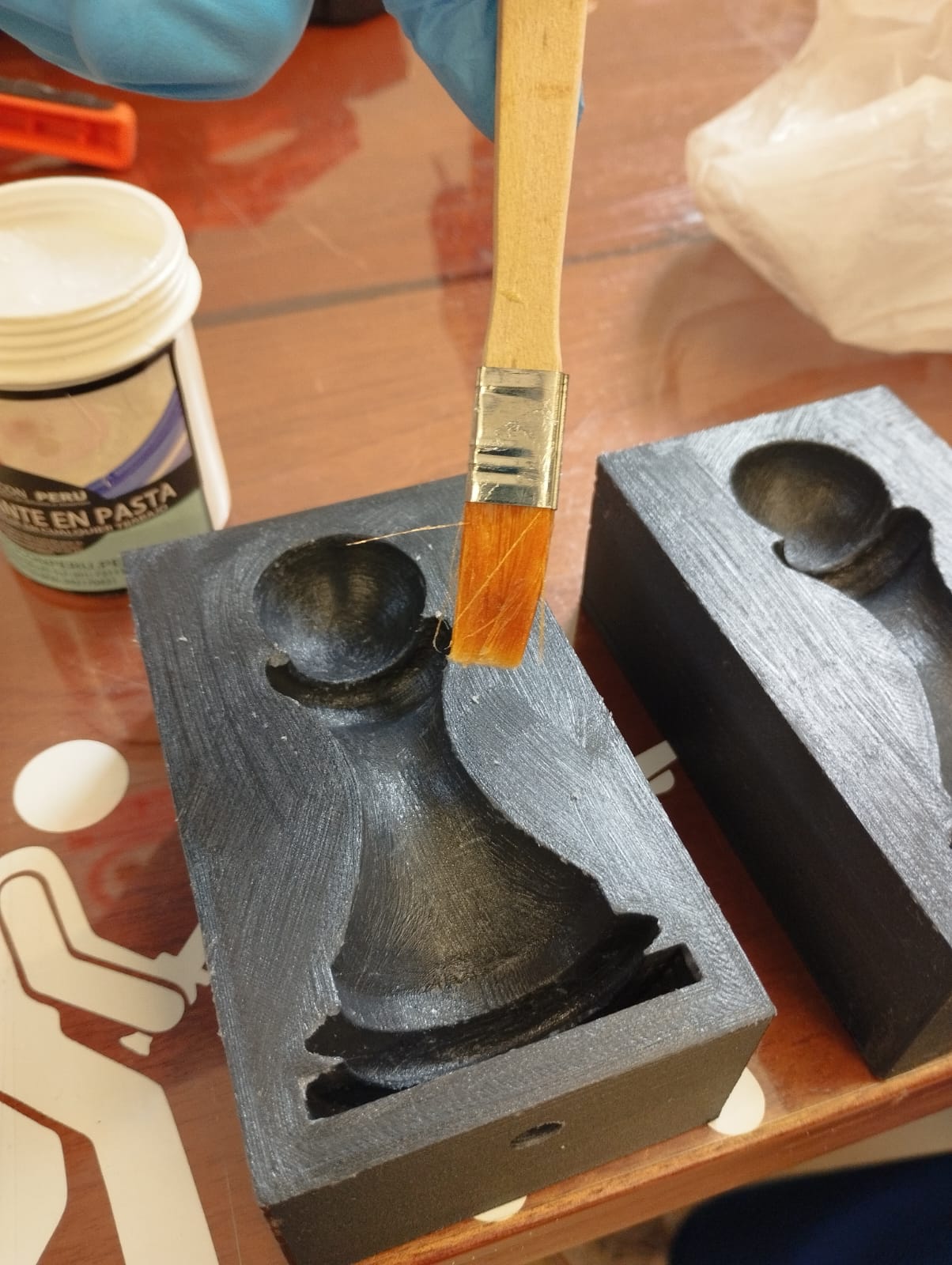
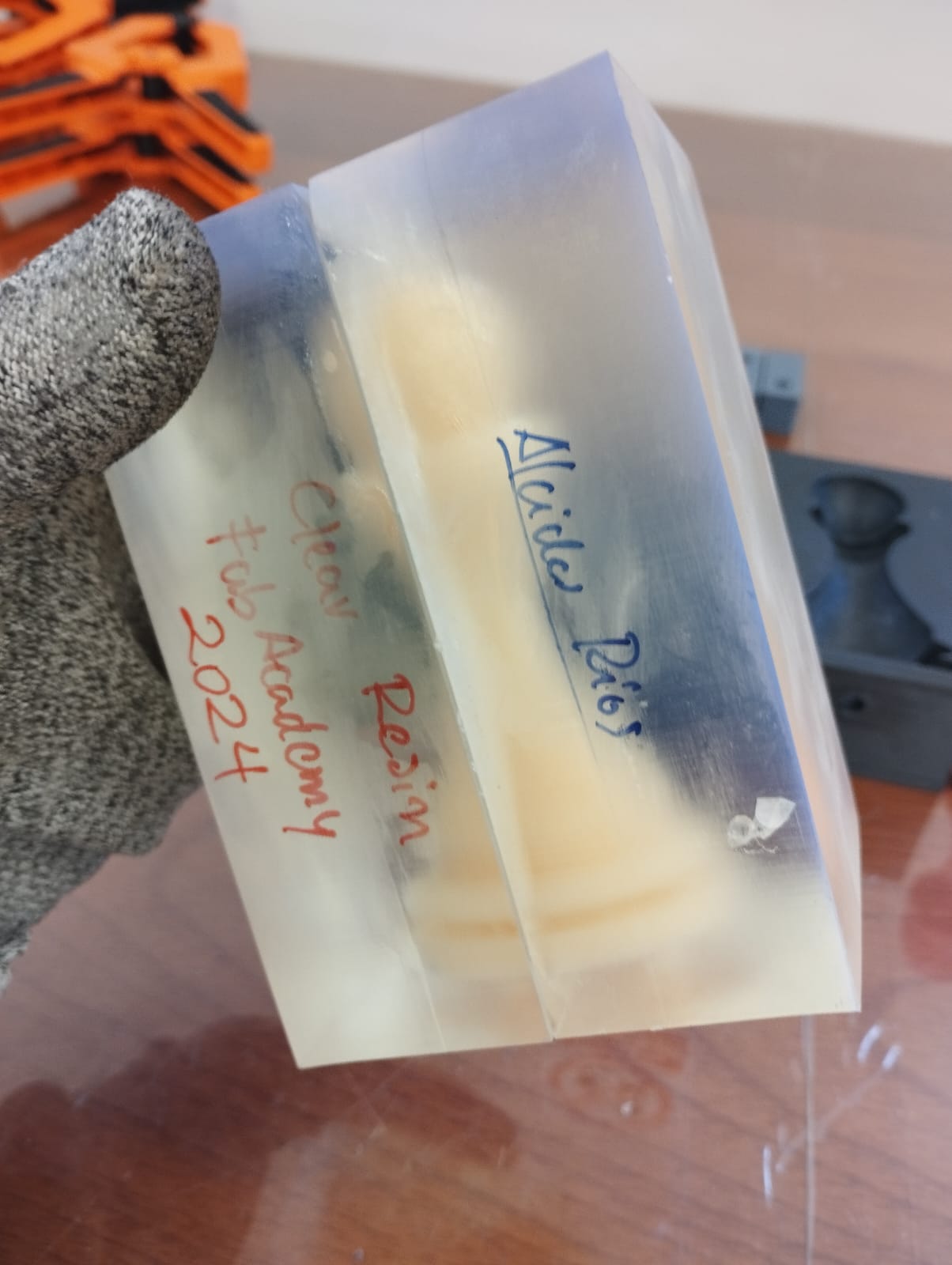


Materials¶
- Resins
- Plastic cups
- Paper towels
- PLA
- Clear Resin.
Tools¶
- Electronic scale
- Pressure clamps
Equipment¶
- 3D printer ARTILLERY GENIUS.
- 3D printer FORMLABS 3B+
